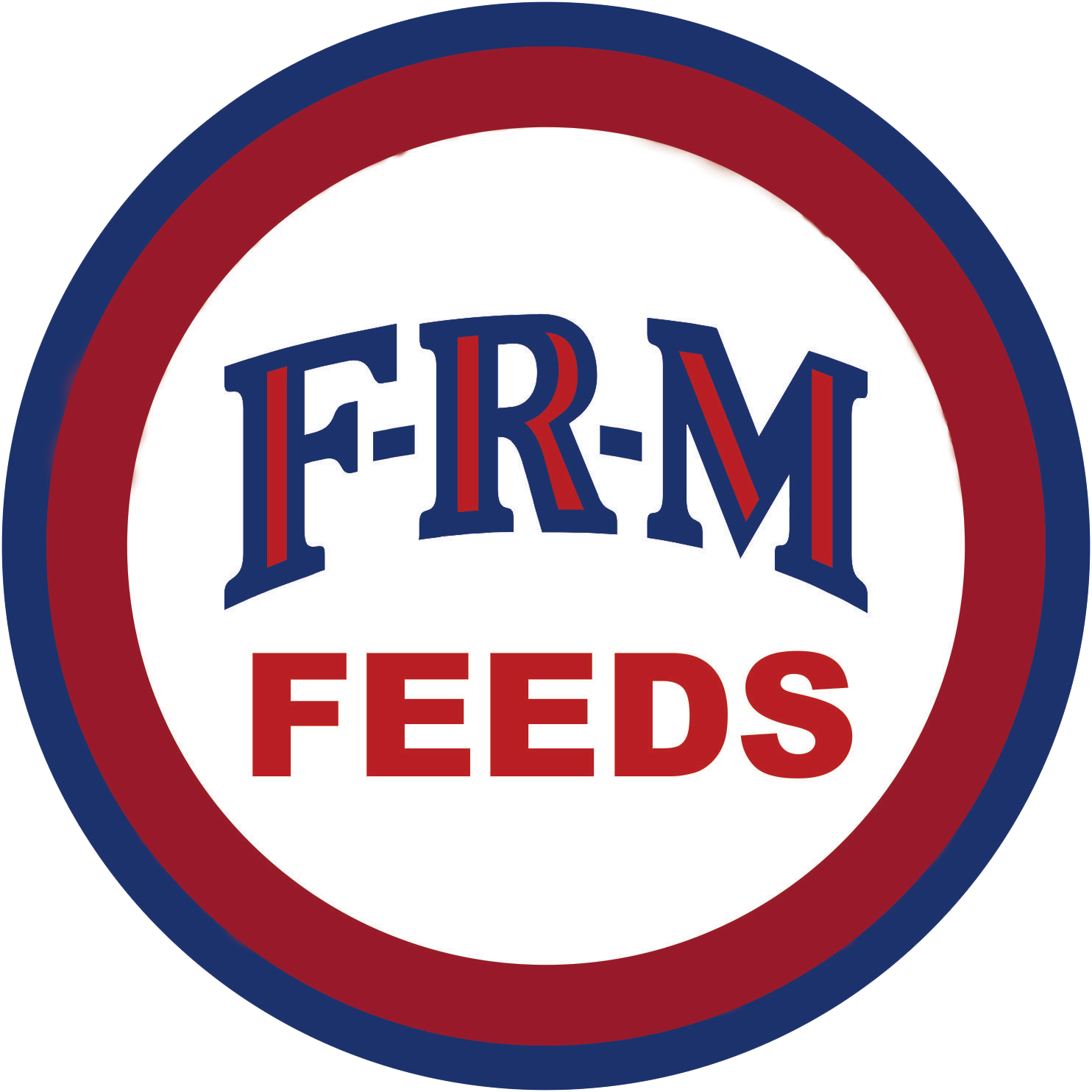Dennis H. Sigler, Ph.D
F-R-M Horse Nutritionist and Consultant
Extension Horse Specialist
Texas A & M AgriLife Extension, Texas A&M University
Today’s highly competitive horse industry demands that we use all the tools in our arsenal to help get our young horses off to the best start possible. If you are attempting to raise high-end equine athletes, it is important to optimize growth patterns and promote good overall health in your young growing horses. A good creep feeding program can help us do that.
Although broodmares can produce large amounts of milk, its nutritional density declines over time. Likewise, milk production of the mare starts to decline after about 3 months of lactation. Thus, nutrients received from mare’s milk may not meet the requirements of foals after about 2 to 3 months of age. Within 2 to 3 weeks of age most foals become interested in eating, often consuming small amounts of feed from the mare’s feeder. However, foals have very different nutritional requirements than the mare, so the typical mare ration may not meet their needs. This is why a “creep ration” should be provided. Foals may gain 2.5 to 3 pounds daily, and owners can use the right feed to take advantage of this early growth potential.
A high-quality feed, designed for the young growing horse, such as F-R-MParadigm 16% Mare and Foal Pellets should be introduced slowly over a week or two and then can be made available on a free-choice basis. For the very young foal (less than 2 months), it may even be advisable to add F-R-M Paradigm Equi-Balance to the mixture at a rate of about 15-20% by weight. Free choice access to creep feed improves the likelihood that foals will consume it in more frequent, small meals, similar to nursing. Mare-proof creep feeders can be constructed in pastures or corrals near areas where mares normally congregate, providing easy access to encourage foals to start eating a creep ration and to minimize injury. Feeders should be checked daily to monitor amounts eaten and to prevent feed from spoiling due to weather, birds, rodents or other factors. A good rule of thumb is to put out only the amount of feed every day that the foals will consume in a day, but don’t let them run out for long periods of time. For larger groups of foals, some additional management may be necessary, especially where several foals use the same feeder, as one foal may dominate, consuming large amounts of creep feed while preventing other foals from entering the feeder.
A feed with a high concentration of quality protein sources, high levels of lysine and the right balance of minerals and vitamins is essential for optimum skeletal development. Owners should avoid feeding low-protein rations or straight grains to foals, as skeletal development will suffer and they will likely experience symptoms of developmental orthopedic disease (DOD) in foals. Moderate weight gains, along with optimal skeletal growth is the goal, as opposed to fat, overweight babies with poor structural development.
Regardless of the ultimate intended use or events your horses will participate in later in life, getting off to the proper start with good skeletal development is essential. The horse will then be able to perform better, be healthier and will have a longer useful life than those horses who get shorted on their nutritional program during those important first few months.
Download a pdf of this information below:

